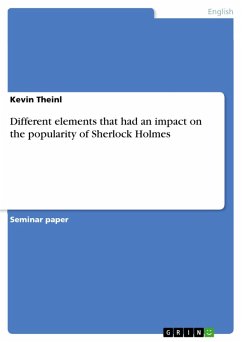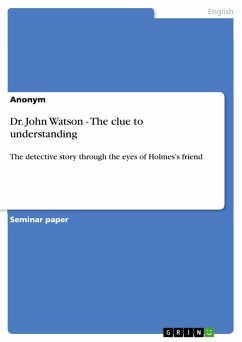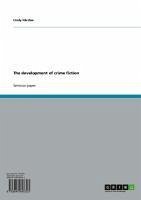Seminar paper from the year 2011 in the subject English Language and Literature Studies - Literature, grade: 2,0, University of Rostock, language: English, abstract: The stories of Sherlock Holmes, known as 'The Canon' were written by Sir Arthur Conan Doyle in the Golden Age of Crime Fiction between 1887 and 1924. 'The Canon' consists of four novels and five volumes of short stories which have never been out of print. That makes a total of 60 tales. Within these 60 tales the setting and the protagonists Sherlock Holmes and Dr. Watson continue, while the plot and therefore the clients change in each story. Moreover, there were written more than twenty-four thousand of other books and articles about Sherlock Holmes. He was also imitated on stage and in films, as well as in different television series. Sherlock Holmes is synonymous for a detective, who had an enormous success, because he had astonishing powers of examination and could solve crimes that could not be solved by the representative police, even when Scotland Yard could reduce the crime in London to this great enormity. But London needed a kind of superhero, who was more scientific than Scotland Yard. Sherlock Holmes was created and filled that gap with his genius to put down the remaining crime that could not be dissolved by others because of its complexity. His gift for observation and imagination, his exceptional personality, and his astounding logical deductions lead readers to talk and to write about Holmes as if he were a real person in their social environment. His prototype character with his well-known abilities of logical deduction has often been copied, but no one could develop a better character who was more influential and who stands for the brilliantly archetypal detective.
Dieser Download kann aus rechtlichen Gründen nur mit Rechnungsadresse in A, B, BG, CY, CZ, D, DK, EW, E, FIN, F, GR, HR, H, IRL, I, LT, L, LR, M, NL, PL, P, R, S, SLO, SK ausgeliefert werden.









